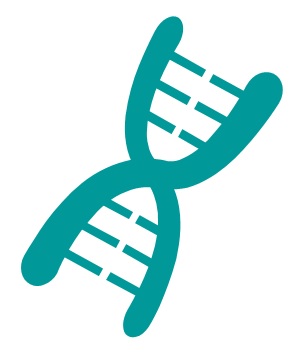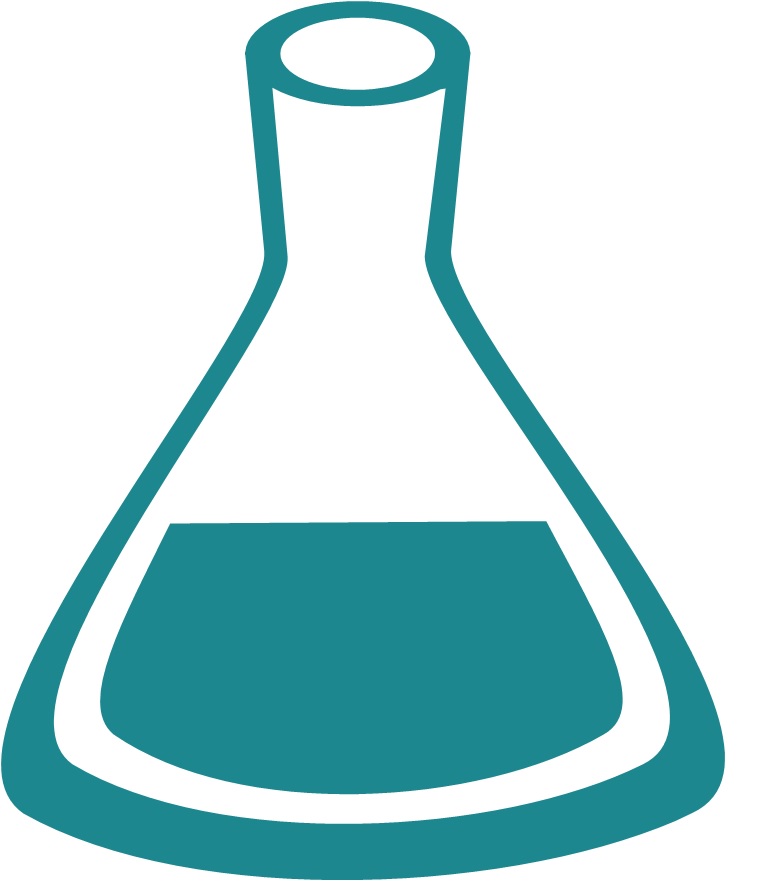LL37 – Human cathelicidin peptide – Potent antimicrobial peptide
LL-37 peptide,also known as CAP-18 for Cathelicidin antimicrobial peptide 18,is a 37 amino acid cationic peptide. LL37 is also a typical linear antimicrobial peptide which can eliminate a wide range of pathogenes,including bacteria,viruses,fungi,and parasites. CAP-18 is the only human cathelicidin peptide reported yet,found in lysosomes of macrophages and leukocytes.
LL-37 plays an important role in the first act of defense against local infection and systemic invasion of pathogens at sites of inflammation.
CAP-18 shows cytotoxicity against bacterial and normal eukaryotic cells and is significantly resistant to proteolytic degradation. Besides its antimicrobial functions,CAP-18 also has immunomodulatory roles. LL37 suppresses the production of pro-inflammatory cytokines,TNF-α and IL-6 in infected monocytes. CAP-18 increases cytokine and chemokine liberation from local cells and leucocytes and has chemotactic effects on a large number of immune cells.
SB-PEPTIDE offers the scrambled version of LL-37 peptide (see section « Scrambled LL-37 peptide »).
LL37 – Technical specification
 |
Sequence : LLGDFFRKSKEKIGKEFKRIVQRIKDFLRNLVPRTES |
 |
MW : 4 493.4 Da (C205H340N60O53) |
 |
Purity : > 95% |
 |
Counter-Ion : TFA Salts (see option TFA removal) |
 |
Delivery format : Freeze dried in propylene 2mL microtubes |
 |
Other names : Cathelicidin ,154947-66-7,All38 peptide,BAC4,CAP18,CAMP , |
 |
Peptide Solubility Guideline |
 |
Bulk peptide quantities available |
Price
| Product catalog | Size | Price € HT | Price $ USD |
| SB004-1MG | 1 mg | 127 | 158 |
| SB004-5*1MG | 5×1 mg | 440 | 550 |
| SB004-10*5MG | 10×5 mg | 1430 | 1788 |
References
Photodiagnosis Photodyn Ther. 2023 Jul 25;103725. doi: https://doi.org/10.1016/j.pdpdt.2023.103725
Chlorin-e6 conjugated to the antimicrobial peptide ll-37 loaded nanoemulsion enhances photodynamic therapy against multi-species biofilms related to periodontitis
In our previous studies,Chlorin-e6 (Ce6) demonstrated a significant reduction of microorganisms’ viability against multi-species biofilm related to periodontitis while irradiated with blue light. However,the conjugation of Ce6 and antimicrobial peptides,and the incorporation of this photosensitizer in a nanocarrier,is still poorly explored. We hypothesized that chlorin-e6 conjugated to the antimicrobial peptide LL-37 loaded nanoemulsion could inhibit a multi-species biofilm related to periodontitis during photodynamic therapy (PDT),the pre-treatment with hydrogen peroxide was also tested. The nanoemulsion (NE) incorporated with Ce6 was characterized regarding the physiochemical parameters. Images were obtained by transmission electron microscopy (TEM) and scanning electron microscopy (SEM). Later,the Ce6 and LL-37 incorporated in NE was submitted to UV-Vis analysis and Reactive Oxygen Species (ROS) assay. Finally,the combined formulation (Ce6+LL-37 in nanoemulsion) was tested against multi-species biofilm related to periodontitis. The formed nanoformulation was kinetically stable,optically transparent with a relatively small droplet diameter (134.2 unloaded and 146.9 loaded),and weak light scattering. The NE system did not impact the standard UV-VIS spectra of Ce6,and the ROS production was improved while Ce6 was incorporated in the NE. The combination of Ce6 and LL-37 in NE was effective to reduce the viability of all bacteria tested. The treatment with hydrogen peroxide previous to PDT significantly impacted bacterial viability. The current aPDT regimen was the best already tested against periodontal biofilm by our research team. Our results suggest that this combined protocol must be exploited for clinical applications in localized infections such as periodontal disease. – Nanoemulsion demonstrated to be an excellent nanocarrier for photodynamic application. – Chlorin-e6 incorporated in nanoemulsion showed great physicochemical and biophotonic parameters. – The combination of chlorin-e6 and LL-37 peptide in nanoemulsion is effective to eliminate periodontal pathogenic bacteria. – The treatment with hydrogen peroxide previous to PDT significantly impacted bacterial viability.
Research Square. 2023 Jul 25. doi: https://doi.org/10.21203/rs.3.rs-3170915/v1
Recombinant production of human antimicrobial peptide LL- 37 and its secondary structure
Infect Immun. 2018 Jul; 86(7):e00097-18. doi: https://doi.org/10.1128%2FIAI.00097-18
The Human Cathelicidin Antimicrobial Peptide LL-37 Promotes the Growth of the Pulmonary Pathogen Aspergillus fumigatus
BACKGROUND: The pulmonary mucus of cystic fibrosis (CF) patients displays elevated levels of the cathelicidin antimicrobial peptide LL-37.
OBJECTIVE: Assess the effect of LL-37 on the growth of Aspergillus fumigatus,a common pathogen of CF patients.
METHOD/RESULTS: Exposure of A. fumigatus to LL-37 and its derived fragment RK-31 (1.95 μg/ml) for 24 h had a positive effect on growth (199.94% ± 6.172% [P < 0.05] and 218.20% ± 4.63% [P < 0.05],respectively),whereas scrambled LL-37 peptide did not (85.12% ± 2.92%). Exposure of mycelium (preformed for 24 h) to 5 μg/ml intact LL-37 for 48 h increased hyphal wet weight (4.37 ± 0.23 g , P < 0.001) compared to the control (2.67 ± 0.05 g) and scrambled LL-37 (2.23 ± 0.09 g) treatments. Gliotoxin secretion from LL-37 exposed hyphae (169.1 ± 6.36 ng/mg hyphae , P < 0.05) was increased at 24 h compared to the results seen with the control treatment (102 ± 18.81 ng/mg hyphae) and the scrambled LL-37 treatment (96.09 ± 15.15 ng/mg hyphae). Shotgun proteomic analysis of 24-h LL-37-treated hyphae revealed an increase in the abundance of proteins associated with growth (eukaryotic translation initiation factor 5A [eIF-5A] [16.3-fold increased]),tissue degradation (aspartic endopeptidase [4.7-fold increased]),and allergic reactions (Asp F13 [10-fold increased]). By 48 h,there was an increase in protein levels indicative of cellular stress (glutathione peroxidase [9-fold increased]),growth (eIF-5A [6-fold increased]),and virulence (RNase mitogillin [3.7-fold increased]).
CONCLUSION: These results indicate that LL-37 stimulates A. fumigatus growth and that this stimulation can result in increased fungal growth and secretion of toxins in the lungs of CF patients.T
